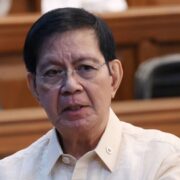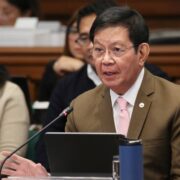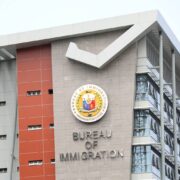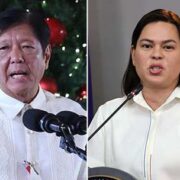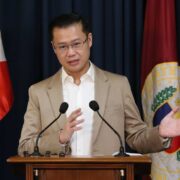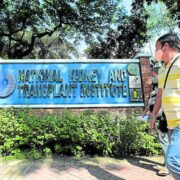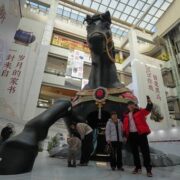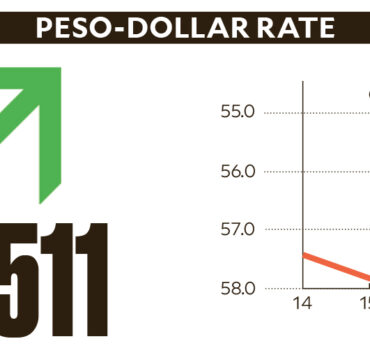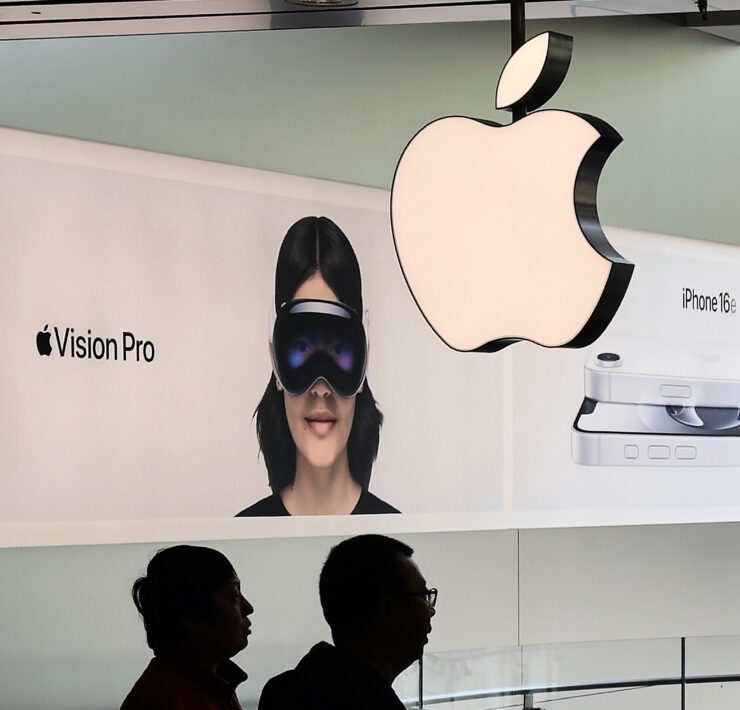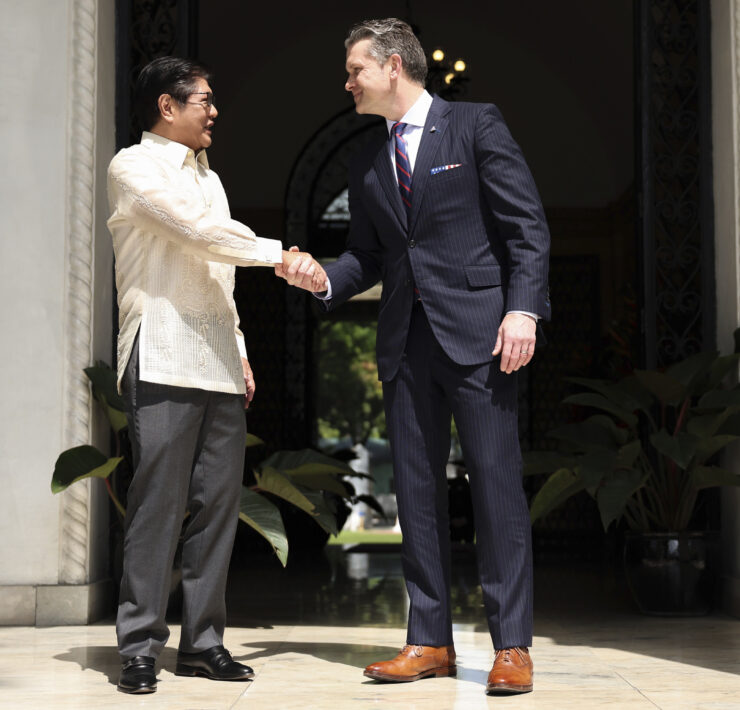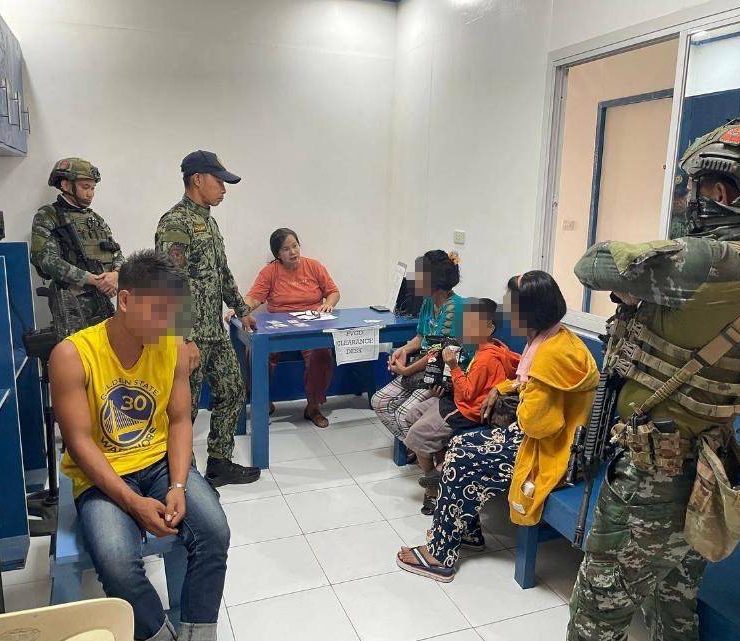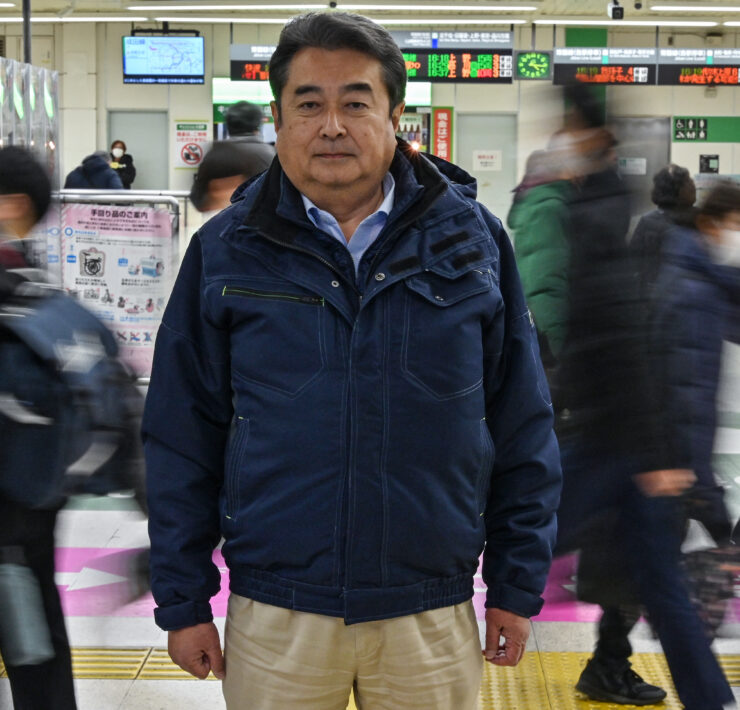In times of disaster, social media ‘can build, destroy trust’
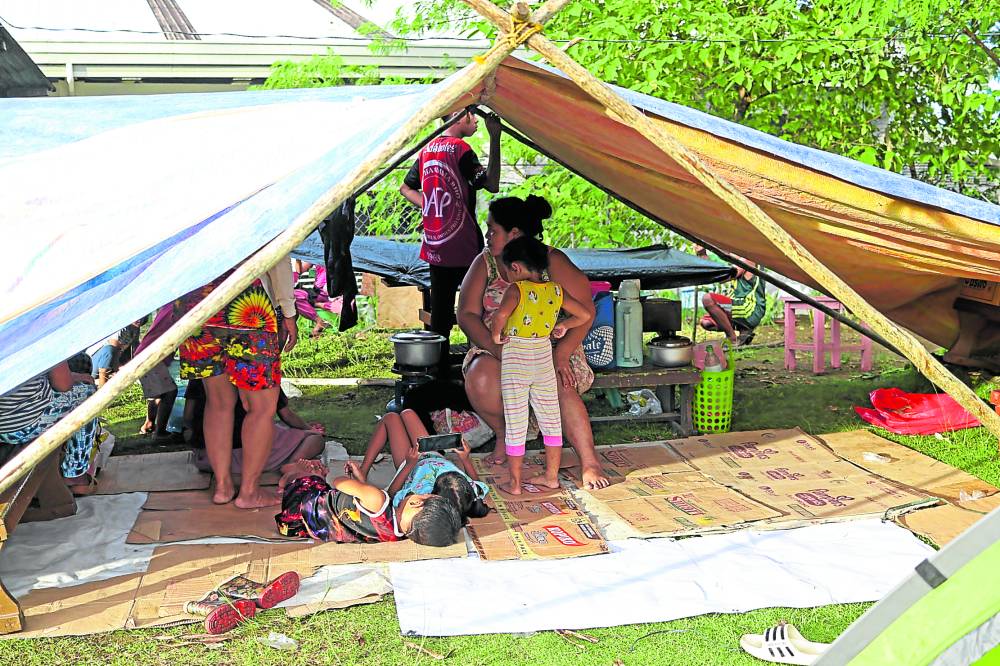
During times of crisis, social media can both build and destroy trust in communities based on the type of data that is disseminated.
This was brought up during a session at the Asia-Pacific Ministerial Conference on Disaster Risk Reduction (APMCDRR), which took place this week.
“We know from our experience in the COVID-19 pandemic, you all remember that period, there was a lot of misinformation and disinformation that was being spread on social media, and also in media,” said Kathryn Clarkson, head of the International Federation of Red Cross in Suva, Fiji.
“It made it very difficult for people to trust the sources of information that they were receiving,” she added during her speech on the third day of the APMCDRR, held at the Philippine International Convention Center in Pasay City.
‘Open-source data cultivates trust’
With the increasing frequency of disasters, the secretary general of the Philippine Red Cross, Gwendolyn Peng, said that “effective risk communication has become a cornerstone of disaster preparedness and response.”
Elton Evidente, for his part, echoed this “alarming increases in climate threats” during his presentation showcasing the platform, Mapakalamidad.ph.
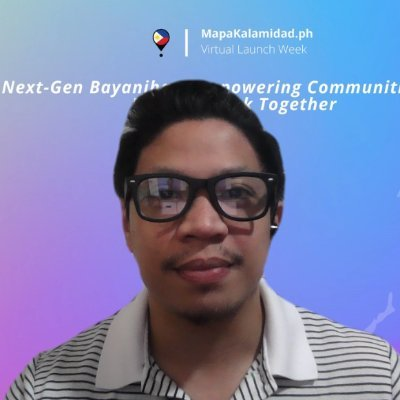
The online tool allows users to submit hazard reports either through its website or through social media apps such as Messenger, Telegram and Viber. The result is a real-time database of hazards that is free and accessible.
This kind of open-source data is part of the group’s advocacy to make data more inclusive, which can be achieved when owners “allow data to be accessible and free,” said Evidente, the geospatial data coordinator of Mapakalamidad.ph.
“Open-source data cultivates trust,” he said. “When people can see how data is collected, they feel more empowered and engaged.”
Building trust is critical because it fosters collaboration during disasters, and “a collaborative approach allows us to combine skills and knowledge [when responding to disasters],” Evidente said.
“When nongovernmental organizations and local governments share data, we create a vibrant ecosystem … [enabling] innovative decision making, such as using satellite data,” he added.
However, Evidente also recognized the challenges of using open-source data gathered through social media, which can provide inaccurate reports.
“We have no control over what sort of data is inputted,” he said.
“But we use tools to limit people, such as [having them include a] location, picture, which even nontechnical people can provide,” he added.
Social Media Monitoring
Kia Obang, program officer of Internews, shared how the nonprofit combats disinformation through its social media monitoring.
“We actually document disinformation through voluntary incident reporting. However, during recent elections here in the Philippines, it became very evident that volunteer-based monitoring is inadequate,” she said.
“As a result, Internews assigned a group of 10 social media monitors to gather data from various regions in the Philippines, and this team monitors disinformation in different languages, ensuring comprehensive coverage beyond the national capital region,” she added.
Obang said Internews has since identified 5,399 suspicious accounts and written 33 monthly briefs since December 2021.


